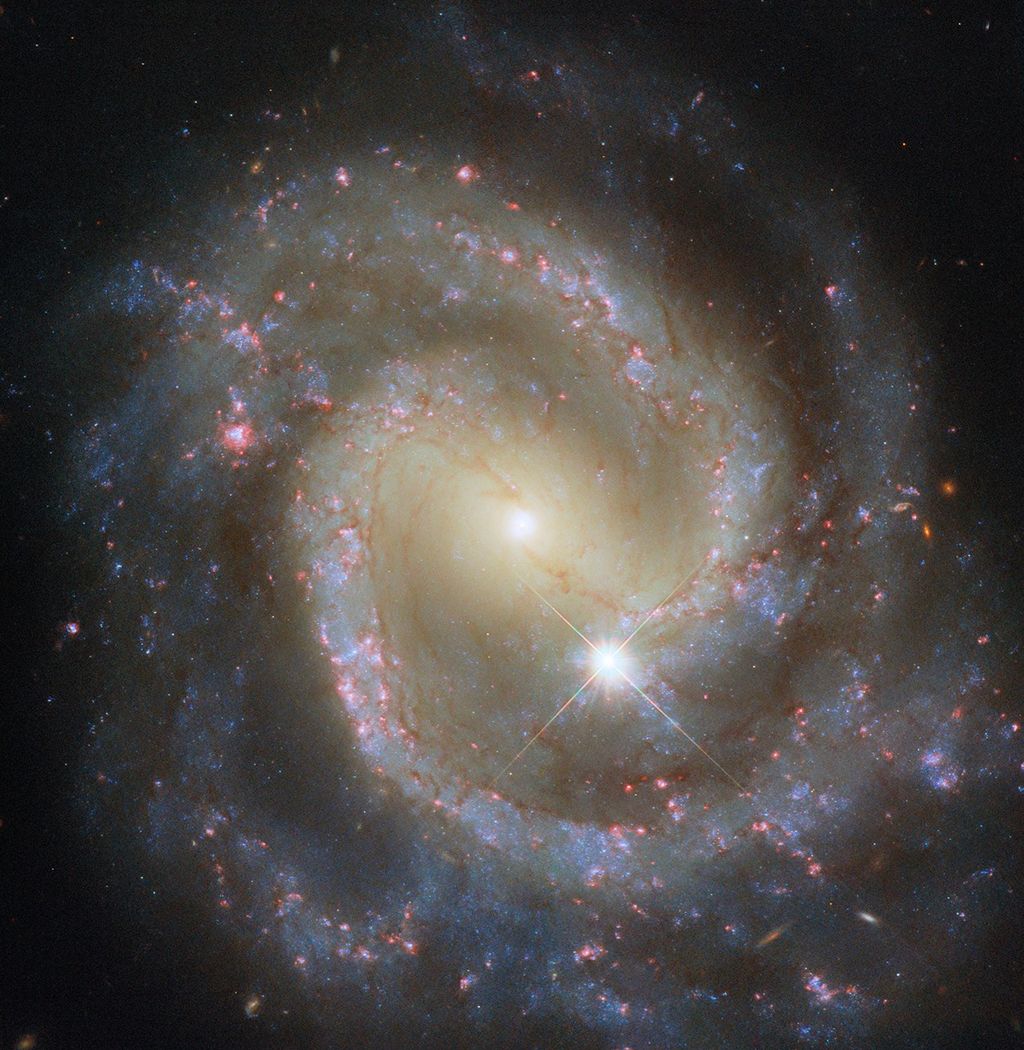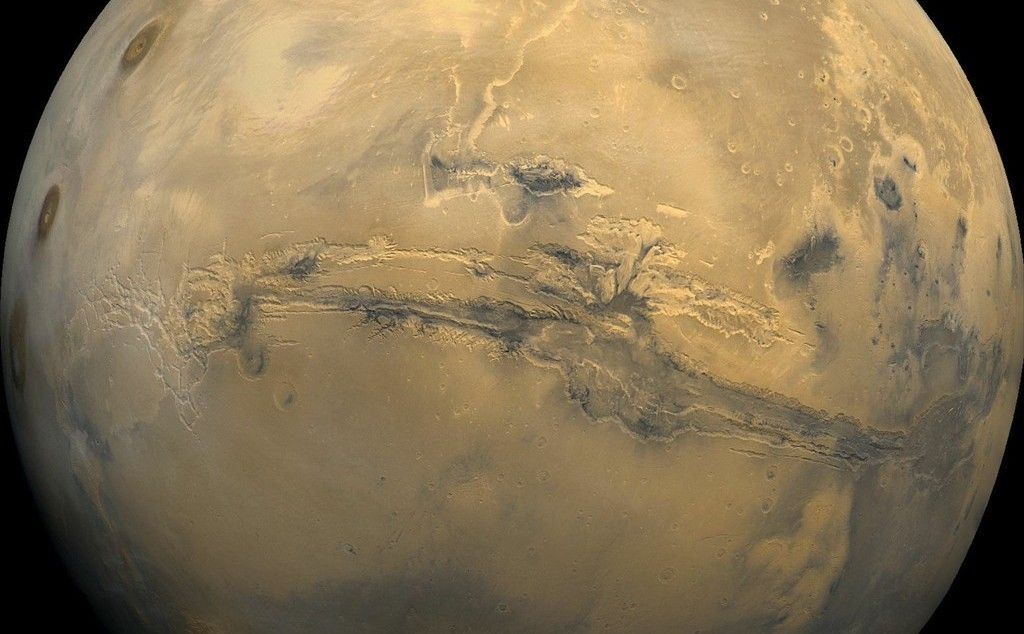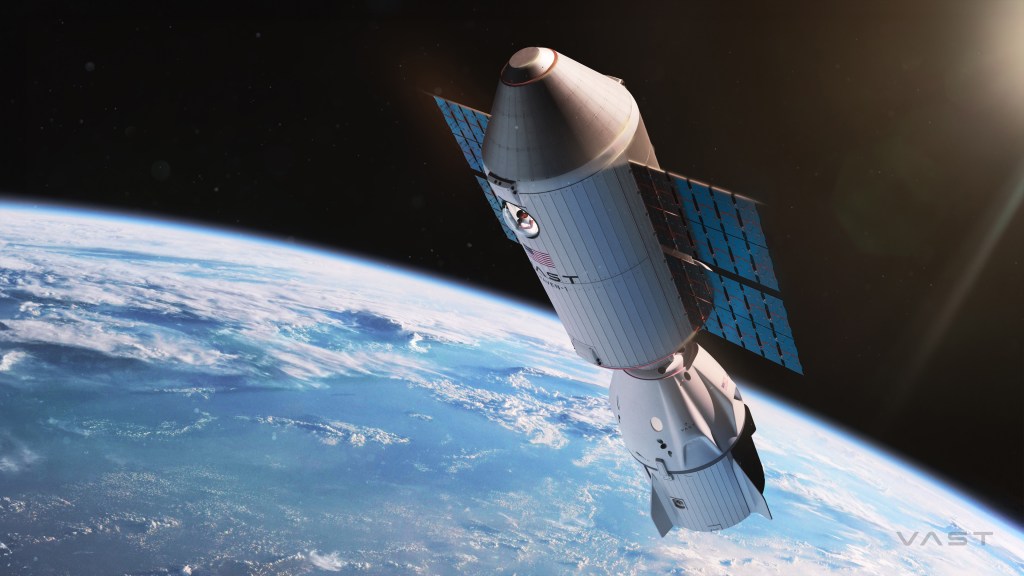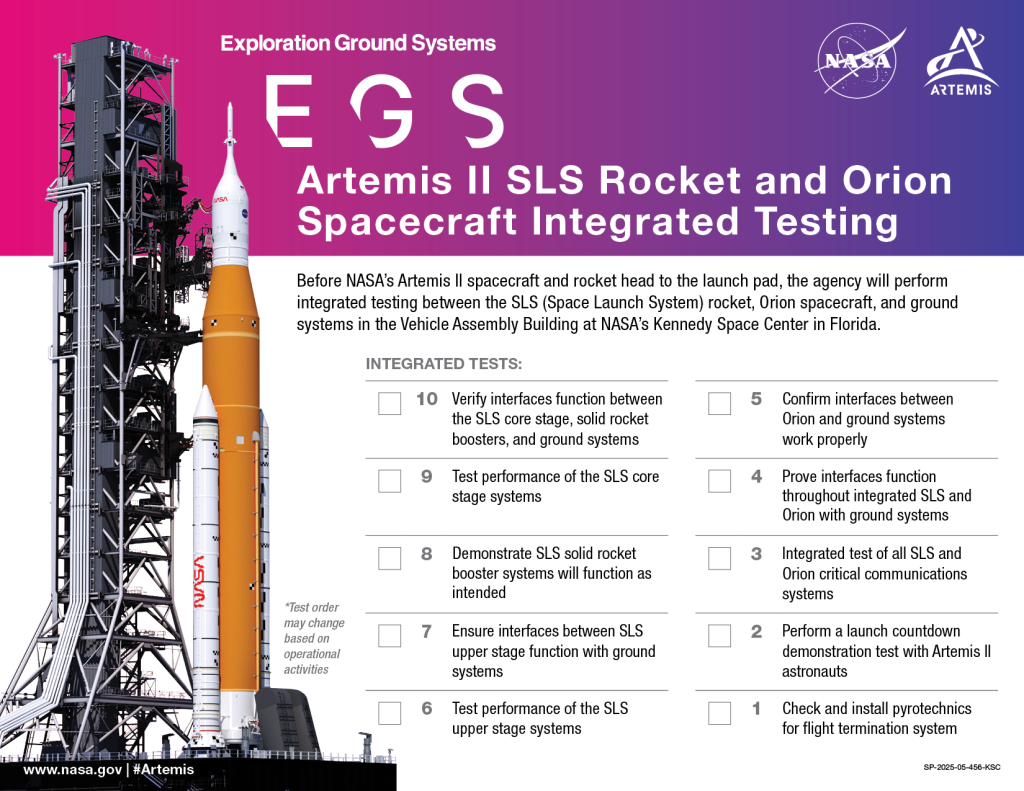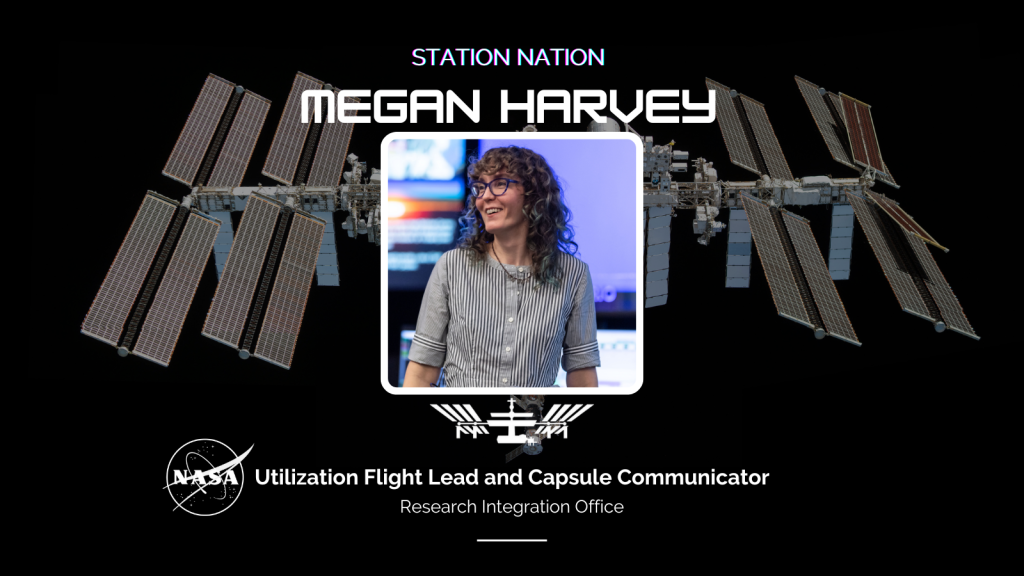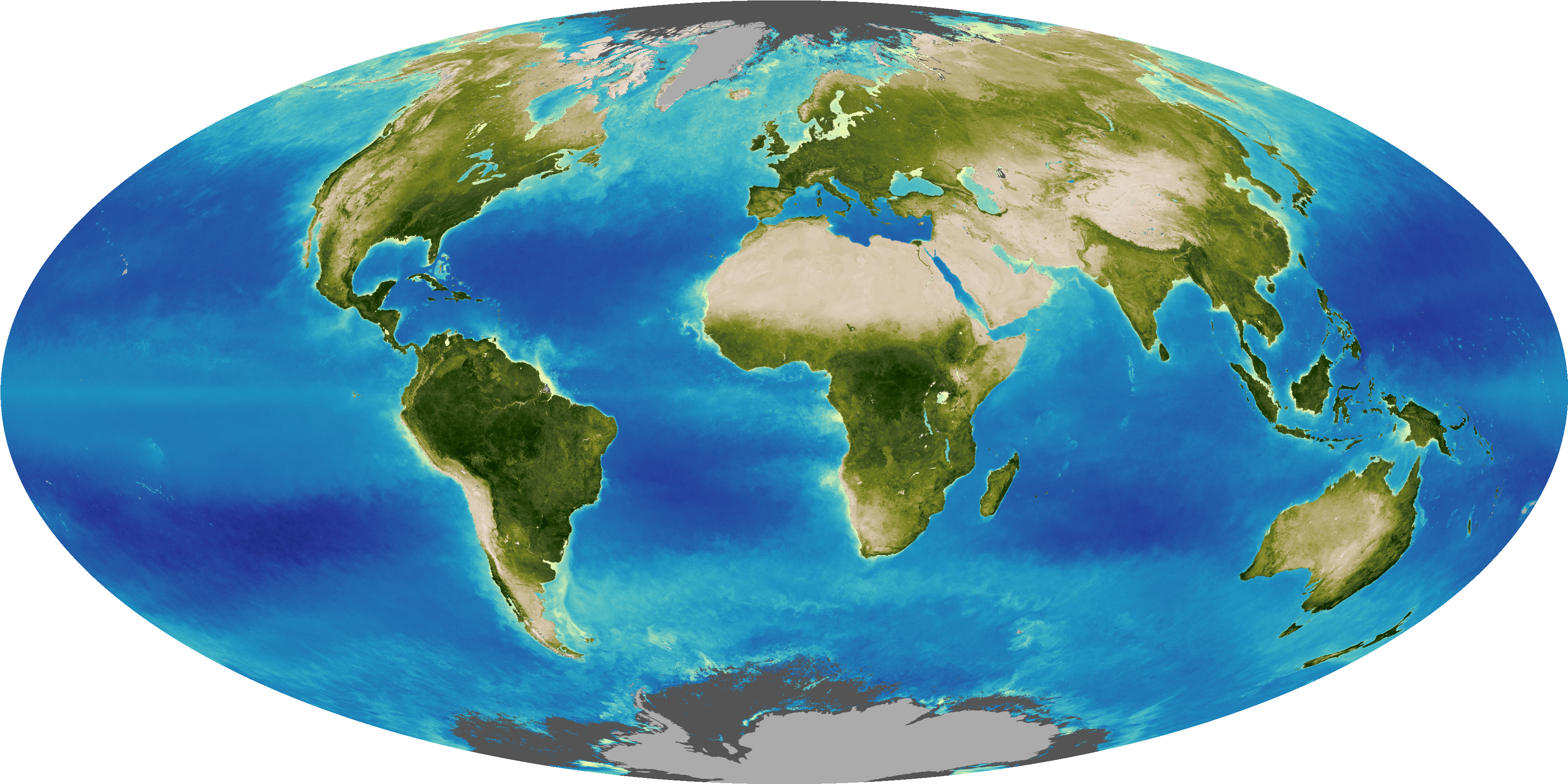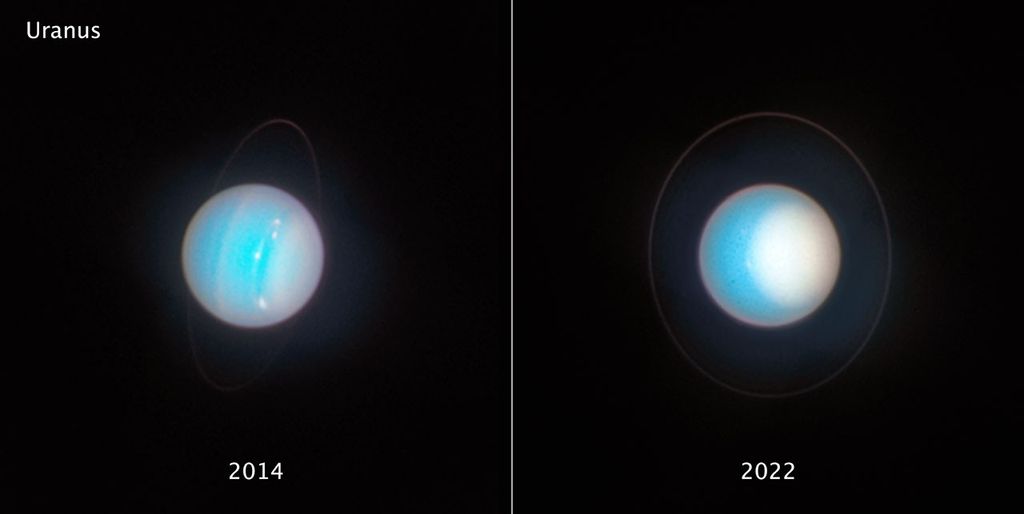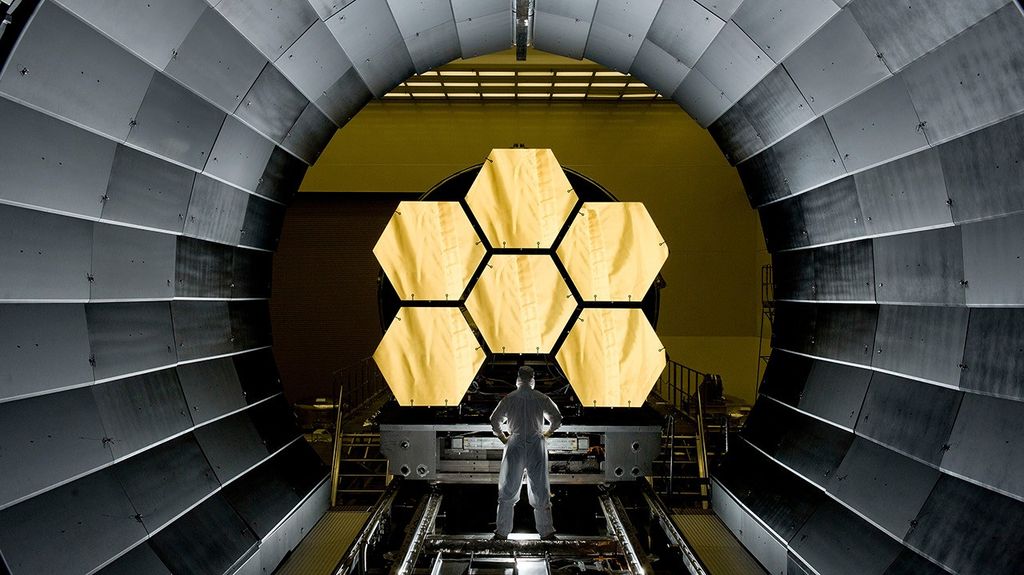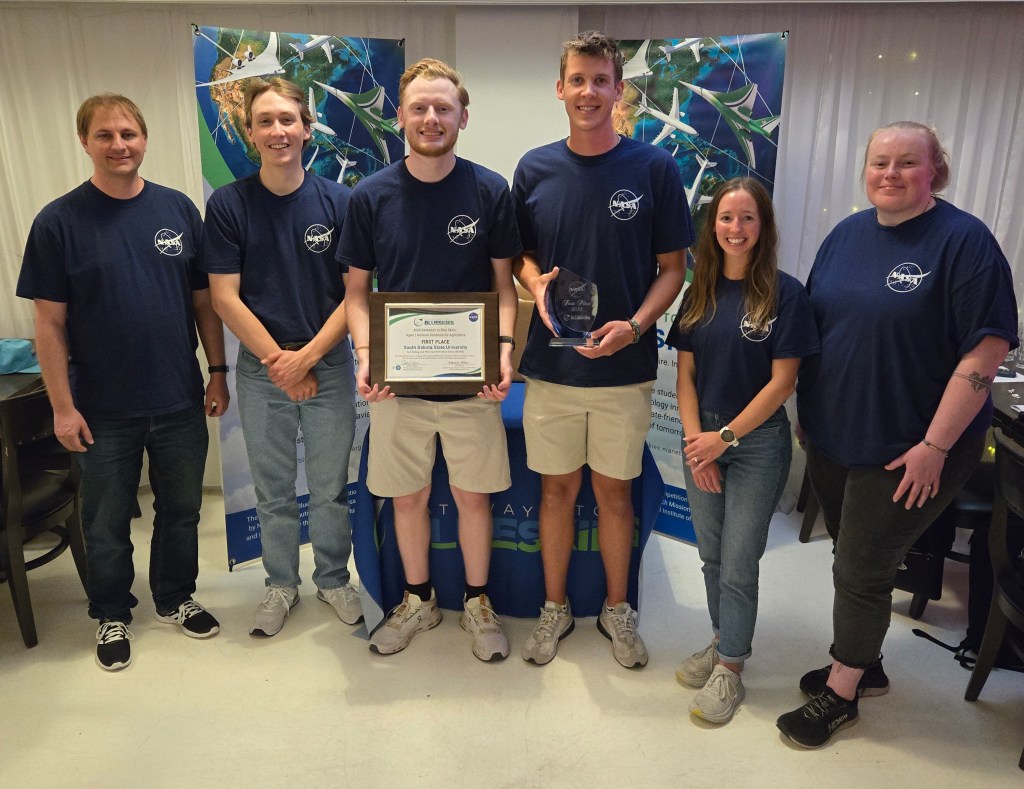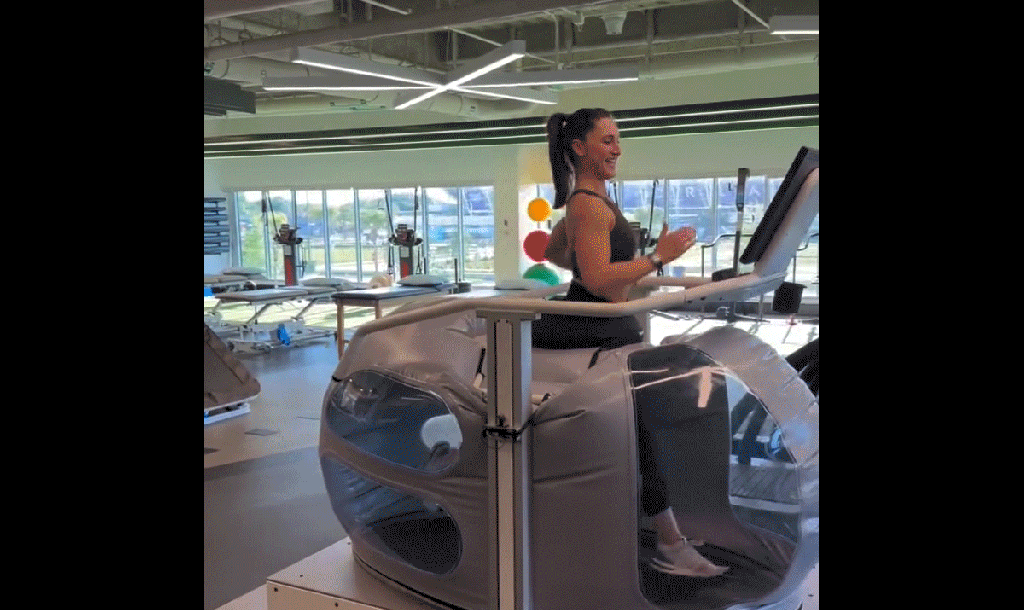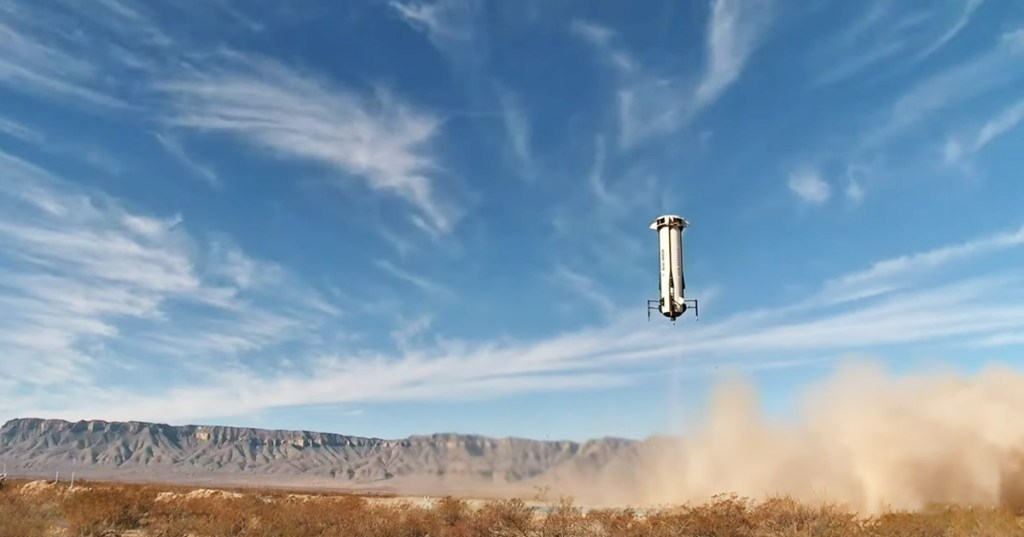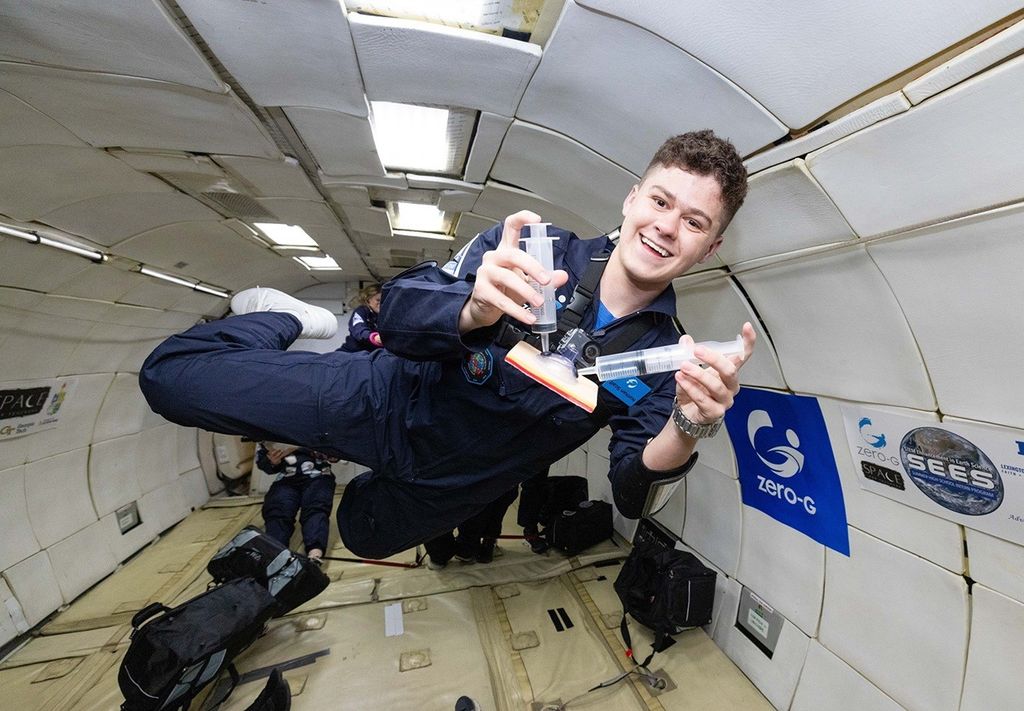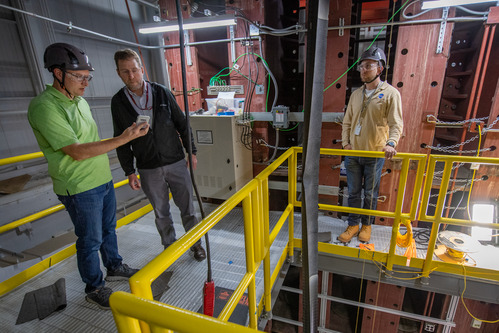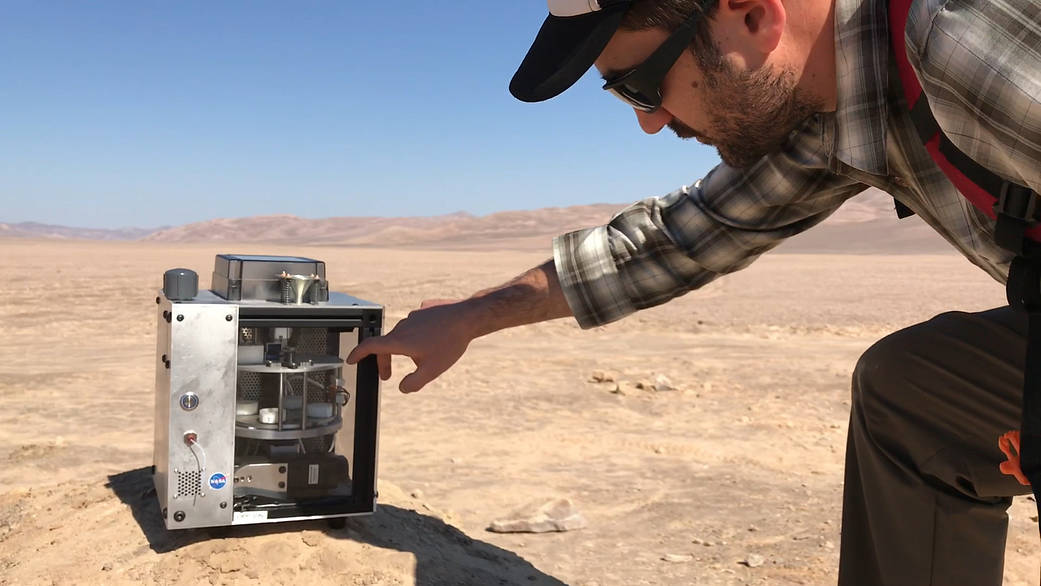The Microfluidics Life Analyzer, or MILA, shown here before installation on the ARADS rover, is one instrument looking for signs of life in the dry desert dirt. When the rover’s robotic arm delivers a soil sample through the vibrating funnel at the top, it drops into a cell, or small receptacle, that will be housed inside. A carousel rotates the cell through a series of steps: capping it with an airtight seal, pumping in water through a high-pressure system and heating the cell to 200 degrees Celsius (almost 400 degrees Fahrenheit). This process will extract organic molecules from the soil, including amino acids, that could indicate the presence of microbial life. Pictured is NASA postdoctoral fellow Florian Kehl of NASA’s Jet Propulsion Laboratory, who designed and built the depicted extractor portion of the MILA instrument.
+++
The Atacama Rover Astrobiology Drilling Studies, or ARADS, project is designing tools and techniques that could be used to search for life one day on Mars or other places in the Solar System. The team’s prototype rover combines the ability to move across the surface, drill down to collect soil samples, and feed them to several life-detection instruments on board. The extreme conditions of Chile’s Atacama Desert provide one of the most Mars-like environments on Earth, where the team can test and refine these technologies and methods.
ARADS is led by NASA’s Ames Research Center in California’s Silicon Valley. Partners include NASA centers Goddard Space Flight Center in Greenbelt, Maryland, and the Jet Propulsion Laboratory in Pasadena, California, as well as Johns Hopkins University in Baltimore, Maryland, Honeybee Robotics in New York, the University of Antofagasta and CampoAlto SpA, both in Chile, and Spain’s Center for Astrobiology.
Credit: NASA/Ames Research Center

